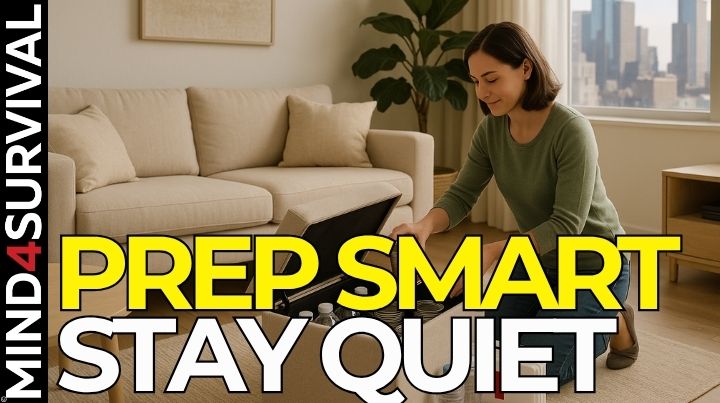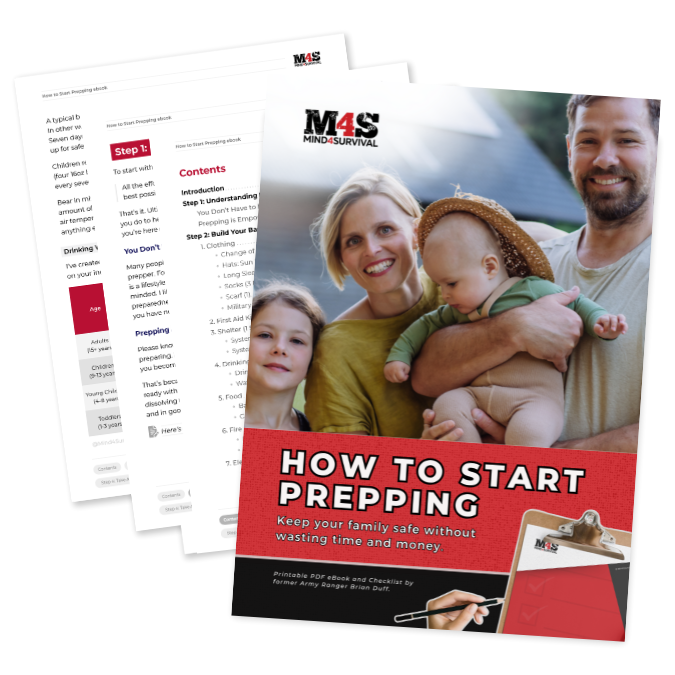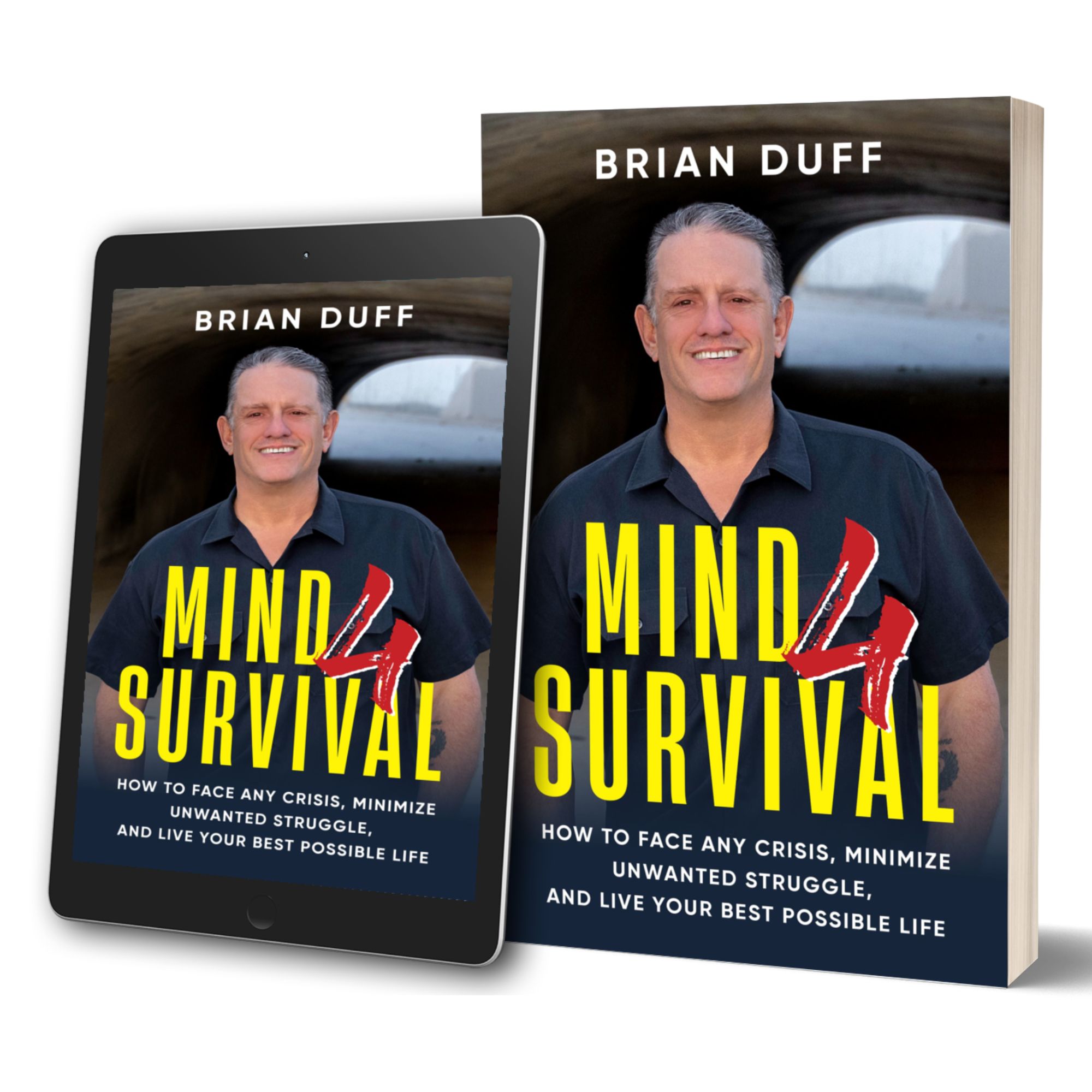Survival Clothes: 6 Levels You Must Know
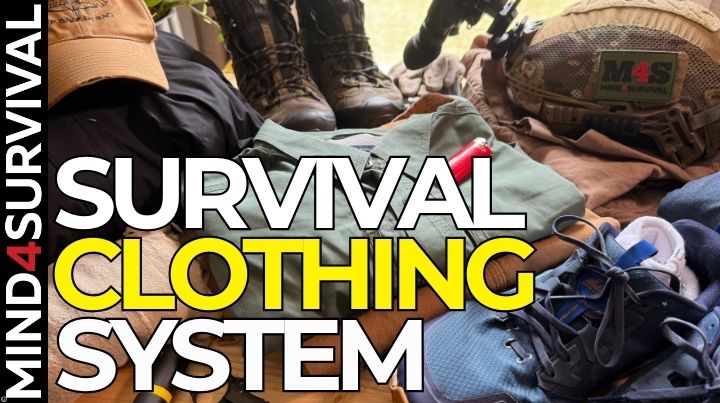

Podcast: Play in new window | Download
Most people prepping for trouble think about food, firearms, or gear. But few people start out thinking about clothing as part of their gear—even though the clothes on your back, and whether you have a plan for scaling up and down based on your risk, might matter more than any of it.
That’s why my friend Josh Burmeister, a former Navy SERE instructor and Executive Protection pro, and I broke it down into six clear levels. This isn’t about buying a closet full of tactical costumes. It’s about understanding your clothing as a layered, needs-based system that supports movement, temperature control, durability, and even protection from threats.
Let’s break it down.
(Disclaimer: This article contains affiliate links for which I may receive a small commission at no cost to you if you choose to purchase a product through a link on this page.)
Level 0: Casual / Non-Functional
When it comes to clothes, I am on the extreme end of comfort over function. My standard daily dress is flip-flops. Shorts. A t-shirt. It’s comfortable, but that’s about it.
Level 0 clothing doesn’t support survival. It exposes skin, offers poor mobility, and wears down fast in bad conditions. But that doesn’t mean it’s wrong. I live in flip-flops most of the time. The key is knowing what level you’re operating at—and how quickly you can bump up when the world shifts.
Think of Level 0 as your baseline. Comfort first. But have an exit ramp to a higher level of protection.
Level 1: Mobility
This is the first functional level of survival clothing.
Level 1 means you can move. That starts with closed-toe shoes that protect your feet and let you maneuver—as fast, and far, as possible without injury. Add something to provide some layer of protection from the sun, light scratches, abrasions, etc. Think gym clothes, running gear, etc. What makes sense for your situation?
Mobility is a key priority of safety and security. Mobility gives you the opportunity to create time and distance between a problem. If you can’t move, you can’t improve your situation. And if you’re stuck in bad footwear, everything gets harder—sometimes impossible. I don’t care how tough you are—hot pavement and broken glass can bring you to a stop.
I always keep a pair of Altra athletic shoes in my vehicle or pack. Their wide toe box and solid traction make them my go-to for over five years—shoes that actually support mobility instead of slowing you down.
Level 2: Work-Grade Protection
Level 2 is for when your environment has a higher risk of injury. It’s the clothing you wear when the path ahead isn’t just a road—but rough terrain, sharp brush, broken debris, or unpredictable threats from people or animals.
Where Level 1 is all about freedom of movement, Level 2 starts adding durability and defense. You’re not just blocking sun and bugs—you’re keeping your skin intact and avoiding cuts, bites, and abrasions that could slow you down or take you out of the fight.
This is what I’d shift to if I knew I had to go off-road—or expected more physical threats than my gym clothes could handle. I want gear that holds up, not gear that gives out.
This might include:
- 5.11 or Dickies work shirts
- Reinforced pants (Carhartt, etc.)
- Sturdy leather boots
- Light gloves or work gloves
- Eye protection
- Wide-brimmed or structured hat
Level 3: Core Temperature Control
Here’s where staying comfortable keeps you alive.
Level 3 is all about managing heat, cold, and moisture so you can keep moving and thinking clearly.
- Base layers that wick sweat
- Insulating layers (fleece, wool)
- Rain gear/shells
- Gloves, beanies, neck gaiters
At this level, the right clothing keeps you functional in a wide range of conditions. Controlling your temperature means preserving energy, avoiding illness or injury, and staying sharp when others are fading.
Plan for seasonal flexibility:
- Hot weather: Wicking base layer, ventilation, sun protection
- Cold weather: Insulating mid-layers, a wind- or water-resistant shell, and a solid base layer like merino wool to help regulate heat without soaking you out.
- Rain: Always have a way to stay dry—even a low-cost, compact emergency poncho is better than being soaked.
For excellent guidance on layering level 3 clothes, check out Josh's article: How to Layer Clothes to Stay Warm and Dry.
Level 4: Durability and Utility
This is military-uniform level gear—not for the look, but for the function.
Level 4 is what you wear when you’re not just passing through a rough environment—you’re operating in it. You’re hauling gear, crawling through debris, or doing sustained physical work in a situation that isn’t ending anytime soon.
While Level 2 protects you from injury as you move through risk, Level 4 is built to endure that risk for extended periods while keeping you functional. You’re not just surviving—you’re working, moving, and possibly sleeping in your gear. That means heavier-duty fabrics, better stitching, and designs that don’t fall apart when pushed to the limit.
This is about functional ability. It’s about clothing that won’t quit before you do.
This might include:
- Reinforced tactical uniforms (think military-grade fatigue wear)
- Ripstop fabrics with stretch panels
- Clothing brands like Tru-Spec, UF PRO, Crye Precision, etc.
- Padded knees/elbows or integrated reinforcement
- Load-bearing utility belts or attachment points
- Multi-day durable outerwear that resists weather and abrasion
Level 4 is heavier, hotter, and more expensive than what most people need day-to-day. But when your role—or your risk—demands that kind of resilience, this is the level you want to have ready.
Level 5: High-Risk Protection
Level 5 is about protection from extreme threats—where failure could mean serious injury or death. This isn't just clothing—it's specialized equipment designed to block trauma, filter toxic air, or protect from flash fire and hazardous contact.
This level builds on Level 4’s durability but shifts focus from enduring hard use to actively stopping specific threats. These threats could be environmental (toxic smoke, fire), human (ballistics, riots), or biological (pandemic response, disaster cleanup).
This might include:
- Body armor or plate carriers
- Soft armor panels in backpacks or vests
- Gas masks or respirators
- Fire-resistant outerwear and gloves
- Ballistic-rated goggles or face shields
You probably don’t need this level. Most people won’t. That’s a good thing. But if you’re responsible for others, responding to crisis events, or just want a plan for worst-case scenarios, this is your upper limit.
How to Use the Levels (Without Losing the Plot)
This isn’t a checklist to complete. It’s a framework to think with.
I wear flip-flops most of the time. That’s Level 0. But I plan to level up if needed. I never leave home for more than an hour without the means to protect my feet. Comfort’s fine—but I don’t confuse it with capability.
When I lived in Los Angeles, I kept flip-flops by my bed and boots or athletic shoes in my vehicle. After an earthquake, flip-flops might get me out of the house fast, but they won’t do much good if I'm working in rubble and debris. If I can reach my vehicle, I’ve got Level 1 and 2 covered.
Now I live in the country with fewer obstacles and debris. I don’t need the same gear every day—and that’s the point. Your levels should flex based on your risk profile and environment.
Want to understand the options? Read Best Body Armor [Tested]: Hard Plates & Soft Armor from Pew Pew Tactical. It covers the pros, cons, and real-world use of both soft and hard armor.
You might choose to:
- Stay at Level 0 for comfort but carry Level 1 in your go bag
- Keep Level 2 and 3 layered into your get-home setup
- Add Level 4 and 5 as contingency options for specific threats
You don’t need to live in Level 5. But you should be able to reach it—when the situation demands it.
The Bottom Line
Most people never think of clothing as part of their preparedness plan. But your clothes are the first tool you put on every day. They’re your skin’s armor, your mobility gear, your temperature control system—and sometimes the only defense you can count on.
That’s what the six levels give you: a practical way to match what you wear to the risks you face, and a built-in plan to level up fast without wasting time when stress is highest.
I wear flip-flops all the time. That’s my Level 0. But I never leave home without a way to hit Level 1 in under an hour. That’s not paranoia—it’s intention. Because when the environment forces change, I want to change with it.
This isn’t a checklist. It’s a mindset. Dress for where you are, pack for where you might have to go, and always know your next level.
Additional Resources
- What’s in Your Bag? Situationally Dependent Packing
- I Swapped My Clothes for Year-Round Wool
- What's in Your Get Home Bag?
- Kamik Boots: Review of My Winter Boots (2023)
Do I need to buy new gear for every level?
No. The goal isn’t to buy your way through each level—it’s to use what you have more intentionally. You likely already own items that match Levels 1–3. The key is recognizing what works, identifying the gaps, and having a plan to scale up when needed.
What’s the difference between Level 2 and Level 4 clothing?
Level 2 gives short-term protection in harsh environments—work clothes, boots, gloves. Level 4 is built for long-term operations in the same conditions, with military-grade durability and integrated function.
How should I decide what level to wear each day?
Use your environment and risk profile to guide you. If you’re in a safe, familiar area, Level 0 or 1 might be fine. If you’re heading into unknown terrain, bad weather, or unrest, bump up a level. Always make sure you can reach the next level quickly if conditions change.
Do these clothing levels replace my EDC or go bag?
No—but they support it. Your clothing is part of your first-line gear. It works with your EDC and go bag, not in place of them. If anything, dressing intentionally makes your gear more usable—and helps you survive long enough to access it.
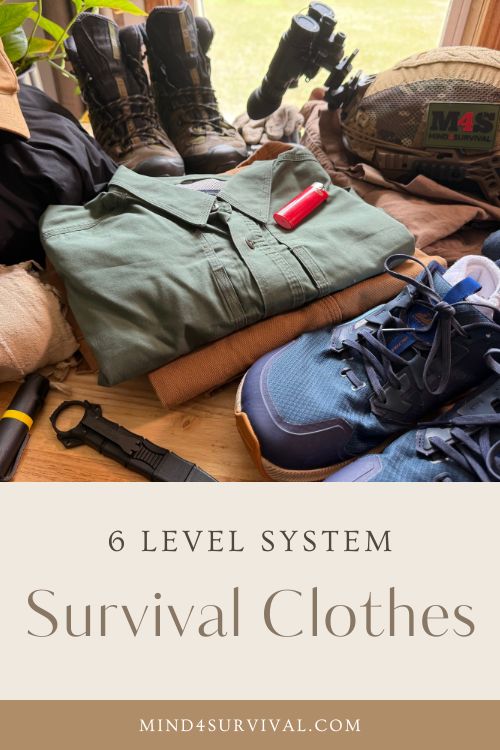
Related Articles
FREE Guide
Read the Best Seller
Join Mind4Survival
Stay informed by joining the Mind4Survival! 100% Secure! 0% Spam!
Affiliate Disclosure...
Mind4Survival is a free, reader supported information resource. If you make a purchase through our link, we may, at no cost to your, receive an affiliate commission.
Do You Want To Be Ready No Matter What?
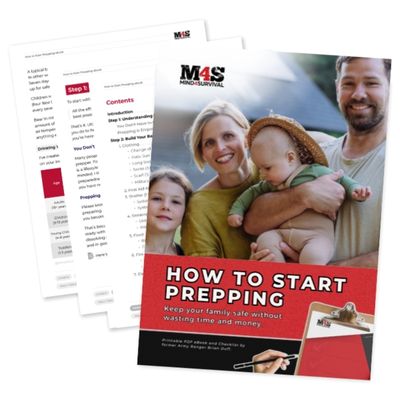
Download our free 39-page guide with interactive, 7-Day Emergency Kit Checklist and take the first step toward real preparedness.
- Know exactly where to start.
- Save time and money.
- How-to build a complete Basic Emergency Kit.
- Level up your safety and security.
Join Mind4Survival
Stay informed by joining the Mind4Survival! 100% Secure! 0% Spam!

